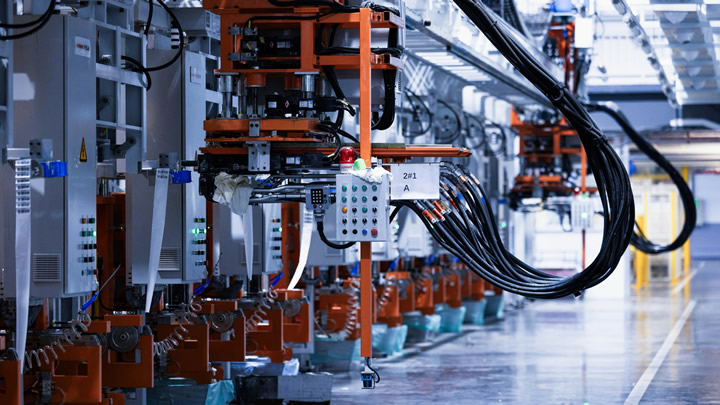What Role Does Robotics Play in the Manufacturing Supply Chain?
GrayMatter Robotics Unveils 100,000-Square-Foot AI Robotics Innovation Center in Carson
From Code to Context: How Spatial AI is Powering the Next Leap in Manufacturing
Robot Hype vs. Real Risk: Is Your Business Truly Ready for Autonomous Food Delivery?
Using generative AI to diversify virtual training grounds for robots
Improving AGV efficiencies with updated battery technologies
SwarmFarm Raises $30M AUD to Untether Farm Productivity from Machine Size
Beyond the Humanoid Hype: Why Collaborative Mobile Robots Are the Real Factory Floor Revolution
The Human-Machine Symbiosis: Why Industry 5.0 is the Future of Manufacturing
Why SCARA Robot Flexibility Is Non-Negotiable for Modern Digital Manufacturing
Prepare for the Biggest and Most Comprehensive PACK EXPO Las Vegas
More Washing Machines, Fewer Robot Housekeepers
How an AI Consultant for Small Business Can Leverage Robotics for Smarter Operations
Sensing the Shift: Trends in Smart Industrial Automation
From Centralized Brains to Edge Intelligence: Rethinking Compute Architectures for Autonomous Mobile Robots
Records 16 to 30 of 1671
First | Previous | Next | Last
Featured Product

OnLogic Karbon 520 Series of Scalable Rugged Computers
Robotics and Automation - Featured Company


.jpg)

.jpg)





.jpg)
.jpg)




.jpg)